Abstract: ‘Oumuamua (1I/2017 U1) is the first object of interstellar origin observed in the Solar system.
Recently, Micheli et al. (2018) reported that ‘Oumuamua showed deviationsfrom a Keplerian orbit at a high statistical significance.
Category: space
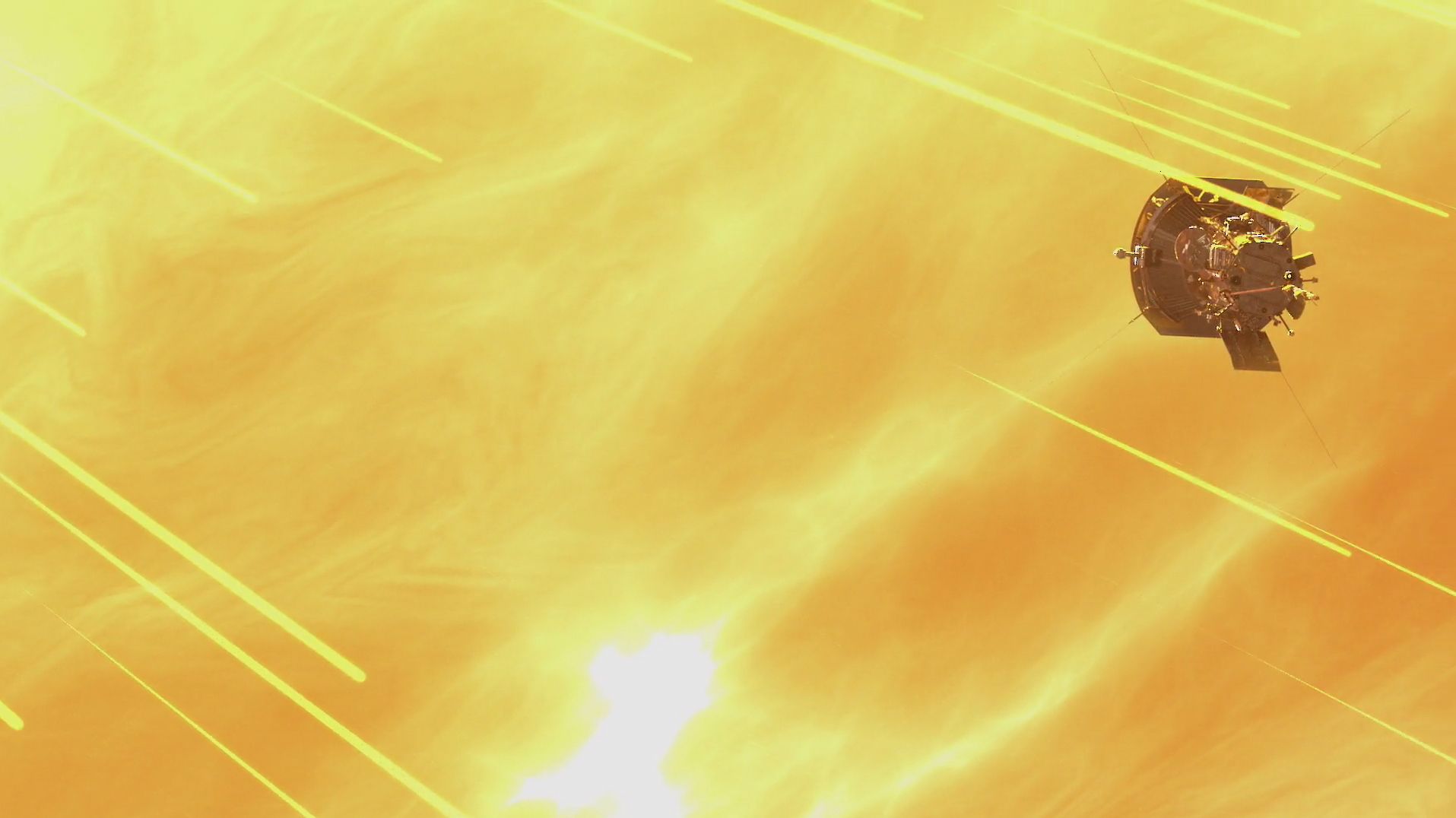
NASA’s mission to ‘Touch the Sun’ just reached its first major milestone with close flyby
It’s been a busy month for the Parker Solar Probe which, if you haven’t been keeping track, is currently moving faster than any man-made object ever and also closer to the sun than anything humans have ever built. The spacecraft launched a couple of months back, but it’s finally ready to do some science, and it just made it first close pass by our Sun, which is obviously cause for celebration.
The probe, which will make dozens of passes of the star, achieved its closest distance of this particular loop (called “perihelion”) on Monday night. Now, its handlers back on Earth are eagerly awaiting word from the craft so that it can share whatever information it has gathered.
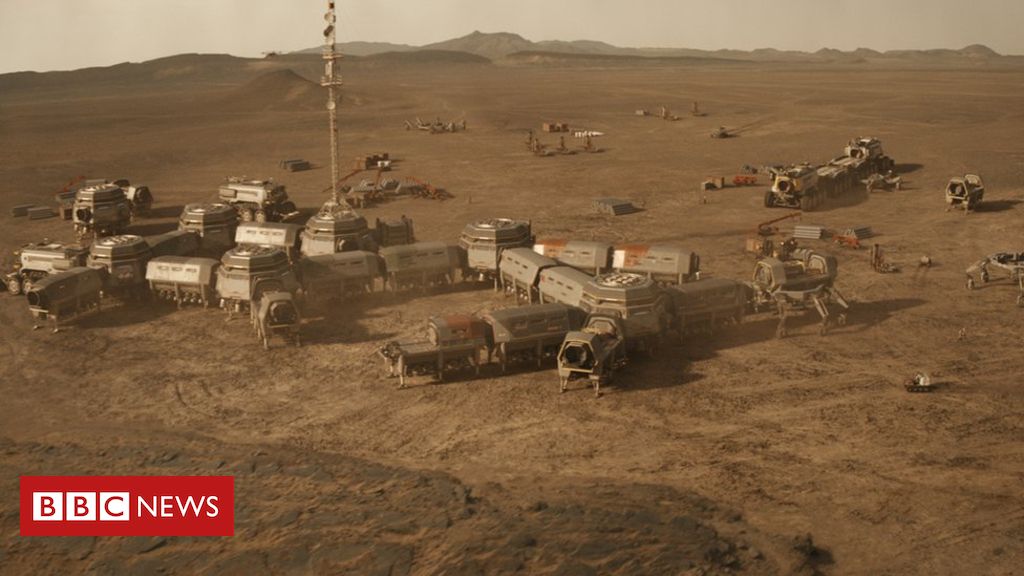
Ron Howard: Creating vision of a future Mars colony
To mark the second season of the television series Mars, Hollywood director Ron Howard talked to the BBC about creating a realistic depiction of the first human colonies on the Red Planet.
If humankind is to expand out into the Universe, then Mars is likely to be our first stepping stone. With an atmosphere largely consisting of carbon dioxide and temperatures that vary between 20C and −125C, the Red Planet isn’t exactly ideal for human occupation.
We’d have to adapt to living almost entirely within sealed habitats — so outdoors-y types need not apply.
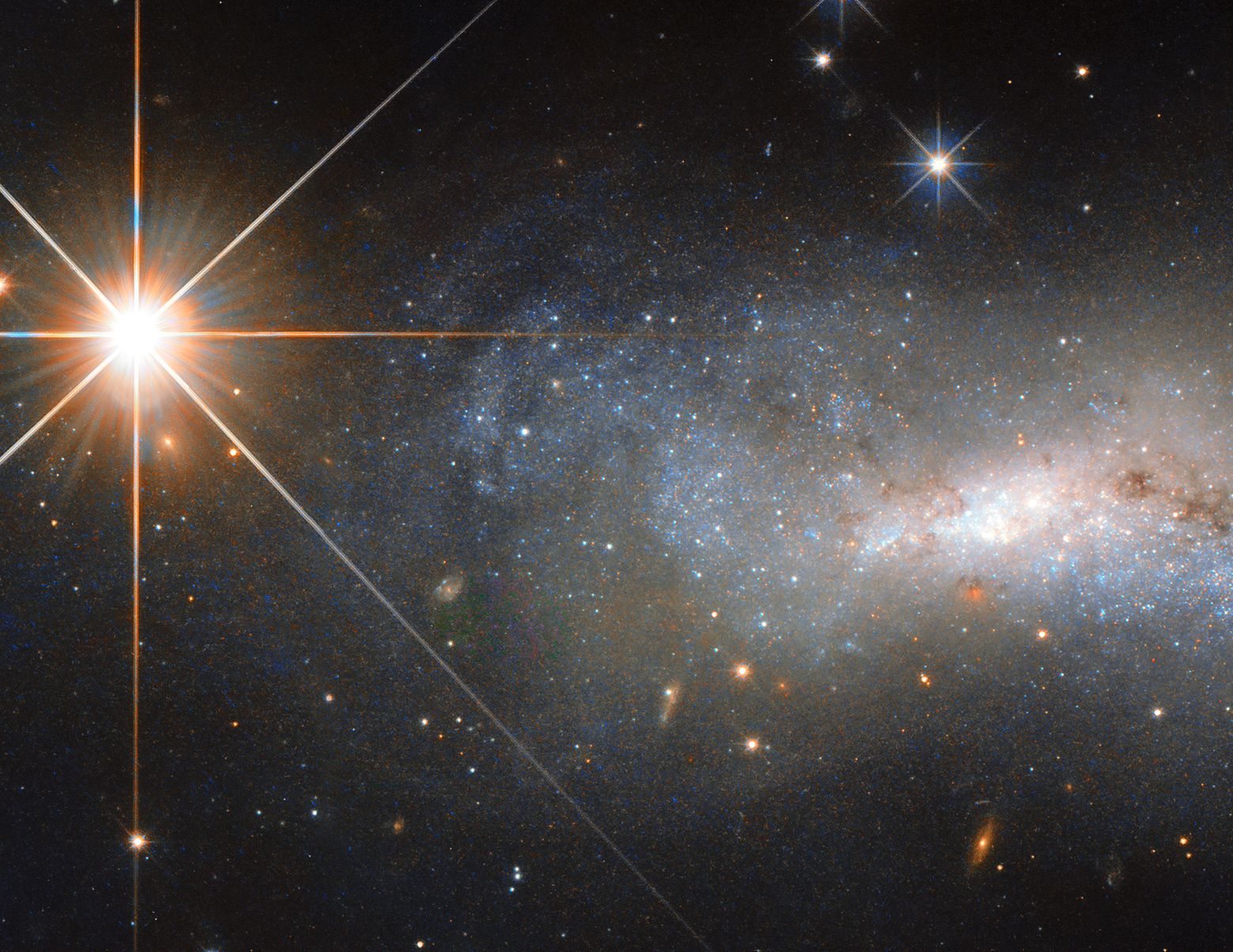
Astronomers spot one of the oldest stars ever
Our Solar System is incredibly old by human standards. The Sun, sitting in the center, is thought to be just over 4.6 billion years old, which is an almost unfathomable amount of time to you and I. But it’s actually not all that impressive when it comes to stars.
A new survey of one particular star here in our own Milky Way galaxy reveals that it’s a whole lot older than anyone thought. In fact, it’s old enough to make our own star look like a youngster by comparison. The elderly star is called (deep breath) 2MASS J18082002–5104378 B, and what it lacks in a flashy name it more than makes up for in age. Astronomers now believe it to be an incredible 13.5 billion years old.
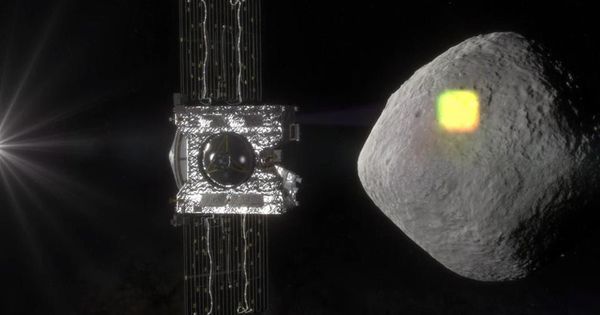
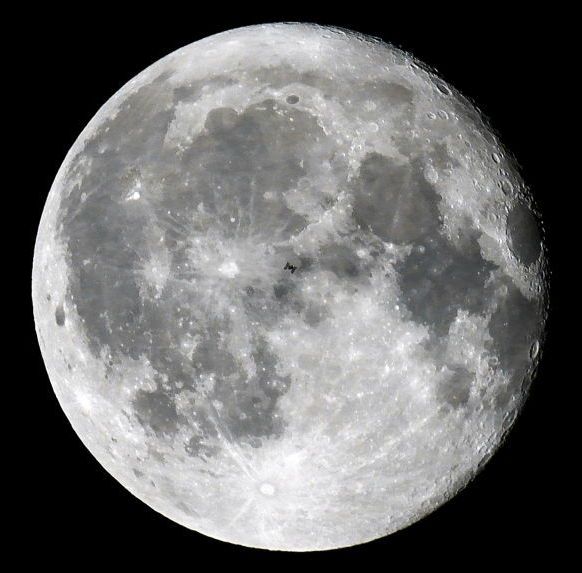
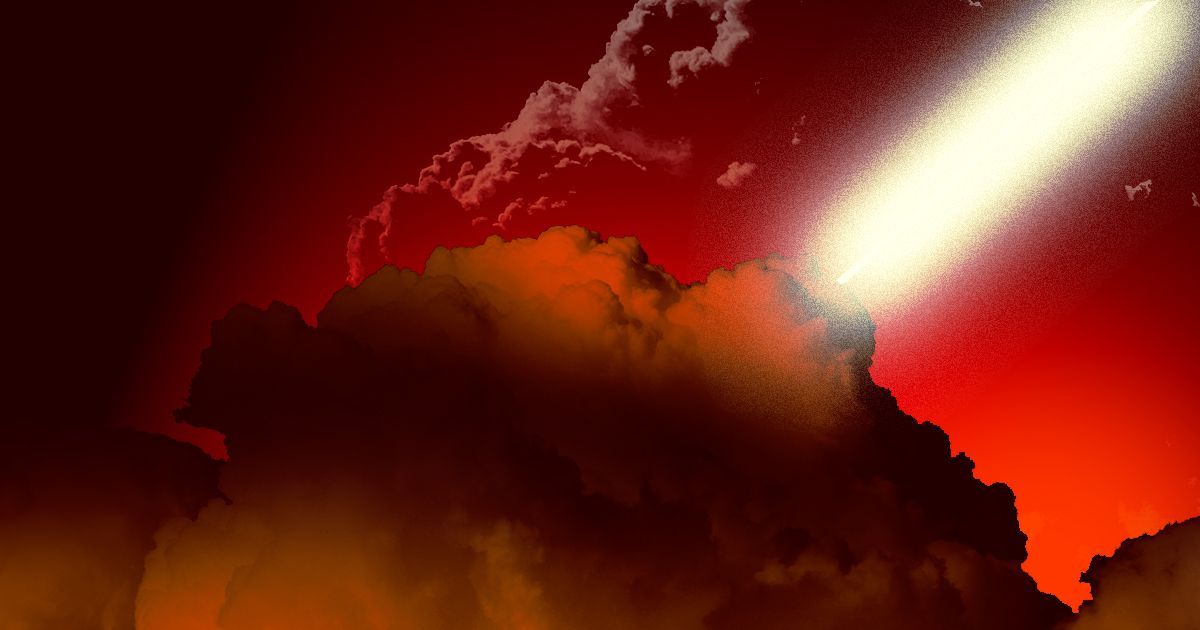
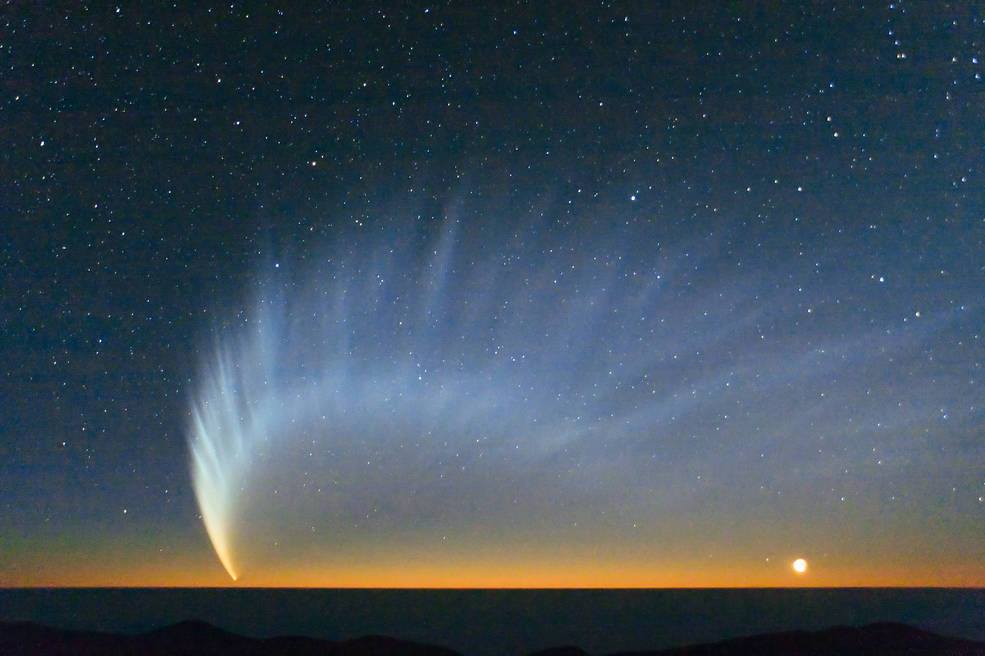
What do the six-tailed Great Comet of 1744 and Comet McNaught of 2007 have in common?
Aside from being comets, they both offer valuable insight about how solar wind affects the dust tail—the long stream of dust following in the comet’s path. Scientists used a temporal map, which layers information from multiple images, to discover that variations of solar wind push the dust around like a ruffled feather—suggesting that the dust is electronically charged. This discovery sheds light on the processes that formed dust into asteroids, moons, and planets in the early days of our solar system.
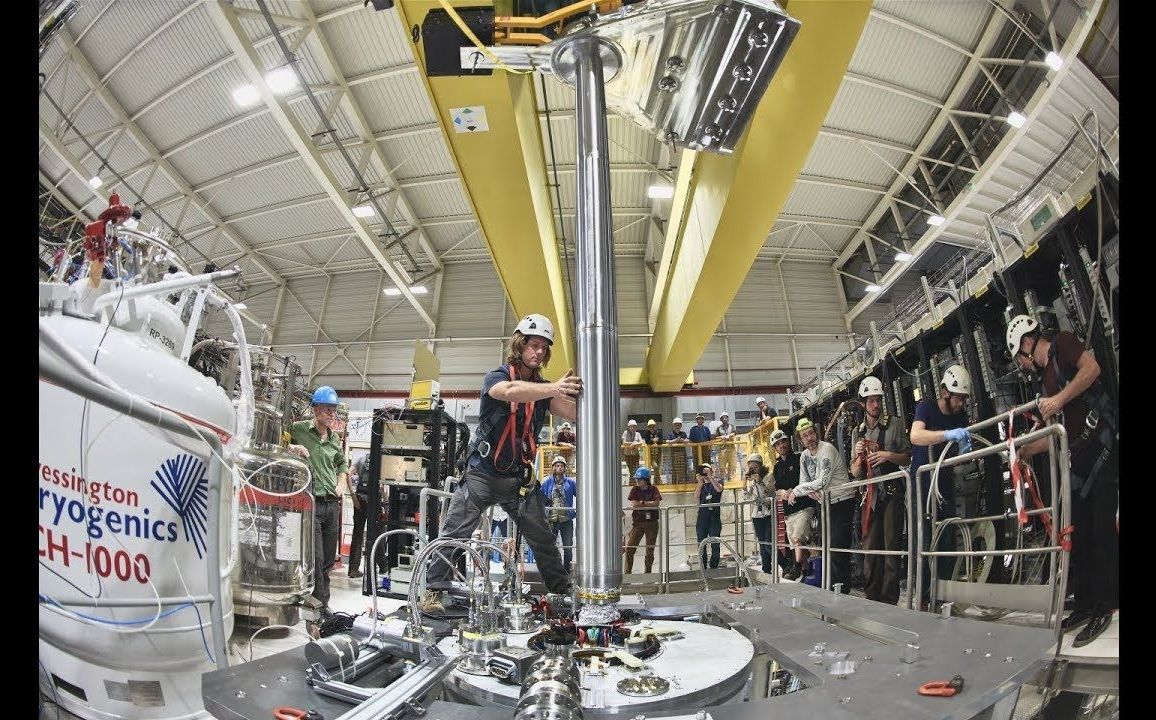
Does antimatter fall upwards? New CERN gravity experiments aim to get to the bottom of the matter
Physics tells us that a hammer and a feather, dropped in a vacuum, will fall at the same rate – as famously demonstrated by an Apollo 15 astronaut on the Moon. Now, CERN scientists are preparing to put a spooky new spin on that experiment, by dropping antimatter in a vacuum chamber to see if gravity affects it the same way it does matter – or if antimatter falls upwards instead.
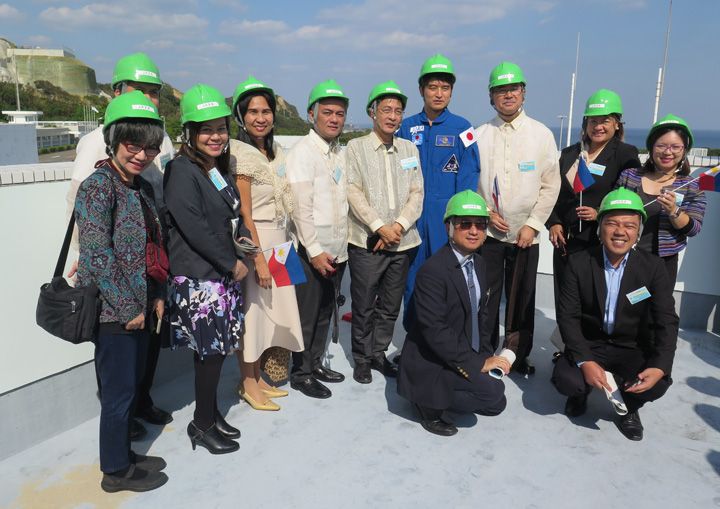
Feeling high with Diwata-2 in the sky
What was it like to see, up close, the H-IIA rocket (that carried Diwata-2) leave the grounds of Japan’s Tanegashima Space Center last October 29? Here’s a firsthand account from BusinessMirror.
WHILE waiting for the launching of Diwata-2 at the view deck in Tanegashima Space Center in Kagoshima, Japan, with our cameras trained at the launch site, Dr. Joel Marciano, the head of Philippine Scientific Earth Observation Microsatellite Program (PHL-Microsat) whispered: “Don’t just look at the rising rocket [named H-IIA F40 that carries Diwata-2] through your camera. Look at the real event so you can feel it.”
I didn’t know and did not have the time to ask what he meant by “feel it.”
But as the countdown started and the rocket began rising into the sky with Diwata-2 on it, I began to understand what Dr. Marciano meant.